I am trying to achieve something like this for iOS in Objective C.

The fill in the blanks(UITextField) should be inline, and should be able to have its own inputType.
Also, each View is a type of cell.contentView of a UITableViewCell.
My current approach is to find the length of string and also calculate the wrapping content length to the next line. Calculate the x's and y's for UITextField and add another UILabel after the UTextField
Is there any other approach other than this?